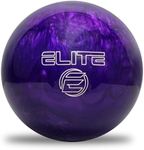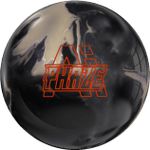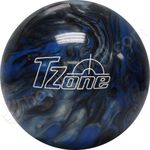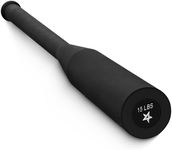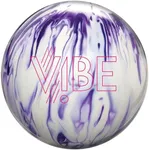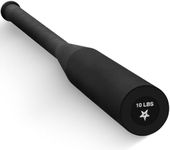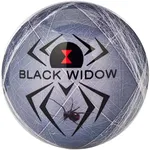Buying Guide for the Best Bowling Balls for Straight Bowlers
Choosing the right bowling ball is crucial for improving your game, especially if you are a straight bowler. Straight bowlers rely on accuracy and consistency rather than spin, so selecting a ball that complements this style is essential. Here are some key specifications to consider when picking a bowling ball for straight bowlers, along with explanations to help you make an informed decision.WeightThe weight of the bowling ball is one of the most important factors to consider. It affects your control, speed, and overall performance. Bowling balls typically range from 6 to 16 pounds. For straight bowlers, a heavier ball (14-16 pounds) can provide more pin action and better accuracy, but it should still be manageable for you to handle comfortably. If the ball is too heavy, it can lead to fatigue and poor form. Conversely, a lighter ball (10-13 pounds) may be easier to control but might not have the same impact on the pins. Choose a weight that balances control and power, and that you can comfortably bowl with for an entire game.
Coverstock MaterialThe coverstock is the outer layer of the bowling ball and it significantly influences the ball's reaction on the lane. There are three main types of coverstock materials: plastic, urethane, and reactive resin. For straight bowlers, plastic coverstock is often the best choice because it provides a smooth, predictable roll with minimal hook potential. Urethane offers slightly more friction and control, which can be beneficial if you want a bit more versatility. Reactive resin is generally not recommended for straight bowlers as it is designed to create more hook. Choose a coverstock that aligns with your need for a straight, controlled shot.
Core TypeThe core of the bowling ball affects its motion and stability. There are three main types of cores: pancake, symmetrical, and asymmetrical. For straight bowlers, a pancake core is often ideal because it provides a stable, even roll with minimal hook. Symmetrical cores offer a bit more versatility and can still be suitable for straight bowlers who want a slight hook potential. Asymmetrical cores are designed for more advanced hook patterns and are generally not recommended for straight bowlers. Choose a core type that supports your need for a consistent, straight trajectory.
Drilling LayoutThe way the holes are drilled into the bowling ball can affect its performance. For straight bowlers, a conventional grip (where the fingers are inserted up to the second knuckle) is often the best choice as it provides a secure, comfortable hold and promotes a straight release. The placement of the holes should be customized to fit your hand size and bowling style. Consulting with a professional to get a custom drilling layout can greatly enhance your control and accuracy. Choose a drilling layout that feels comfortable and supports your straight bowling technique.
Surface FinishThe surface finish of the bowling ball can influence its reaction on the lane. Balls can have a polished, sanded, or matte finish. For straight bowlers, a polished finish is typically the best option as it allows the ball to glide smoothly down the lane with minimal friction, promoting a straight path. Sanded or matte finishes create more friction and are better suited for bowlers who want to generate hook. Choose a surface finish that complements your need for a smooth, straight roll.
